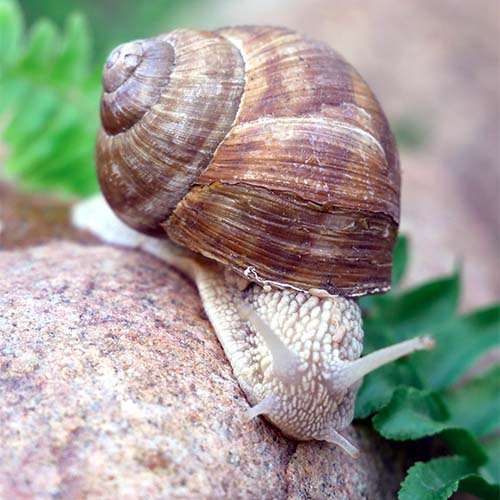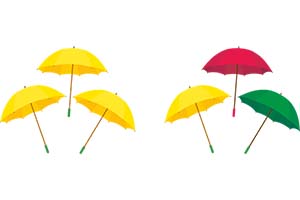Prep. Lesson 14. Faster and slower
Prior learning: None
Duration: 30 minutes
Materials: Bouncy ball, teddy bear prop
Keywords: Beat, singing, chanting, partners, rhymes, circle games
Difficulty: ![]()
 Melodic development
Melodic development
![]() Students discover a classic classroom song.
Students discover a classic classroom song.
- Explain to students that you will teach them a fun song called "Teddy Bear, Teddy Bear." Tell them it's a song with actions; they'll need to listen carefully and follow along.
- Start by teaching the lyrics and melody. Sing the song slowly and clearly, so students can hear and understand each word.
- Repeat the song a few times, encouraging students to sing with you. Ensure everyone is comfortable with the melody and lyrics before moving on to the actions.
- Demonstrate the actions for each line of the song as follows:
Turn around: Turn 360 degrees in a circle.
Touch the ground: Bend down and touch the floor.
Show your shoe: Bend down and touch your shoe.
That will do: Sit down on the floor.
- Perform the actions while singing the song so students can see how they match the lyrics.
- Encourage them to follow along with the actions you demonstrate.
- Sing the song several times, gradually increasing the tempo. Encourage the children to sing and perform the actions along with you.
- Make sure to provide plenty of positive reinforcement and praise their efforts.
- You can also consider incorporating props, like teddy bears, or adding verses with new actions to make the activity more engaging and fun for the children.
 Game
Game
![]() Students copy the teacher walking to the beat, becoming faster or slower on each rendition.
Students copy the teacher walking to the beat, becoming faster or slower on each rendition.
- Have a soft, bouncy ball ready.
- Arrange the students in a circle.
- The teacher takes a position in the centre.
- On each count of the beat, the teacher bounces the ball to a student, who then returns it on the subsequent beat (most beats coincide with the word "bounce").
- Commence with a single student and progress sequentially through the circle while reiterating the song (additionally emphasising the importance of self-restraint and avoiding excessively high bounces).
- Upon completing the circle, the teacher randomly throws the ball to students, creating a sense of anticipation and heightened engagement.

 Rhythmic development
Rhythmic development
![]() Students listen and repeat a rhyme. As the tempo changes, they recite the rhyme faster or slower.
Students listen and repeat a rhyme. As the tempo changes, they recite the rhyme faster or slower.
Lyrics
2, 4, 6, 8.
Meet me at the garden gate.
If I'm late, don't wait,
2, 4, 6, 8.
- Demonstrate the rhyme, speaking in a measured cadence and ask students to repeat after you.
- Ask students if they found a difference in the speed. Was one version faster or slower than the other?
- Ask a volunteer to speak the rhyme and set the speed. Should it be faster or slower?
- Extension - ask the class to march to the tempo set by a volunteer.
- Remember to march along with the class to keep the beat as accurate as possible.

 Visual learning
Visual learning
![]() Students identify images of animals and indicate which animals can move fast and which are slow.
Students identify images of animals and indicate which animals can move fast and which are slow.






 Video
Video
![]() Students watch the Piggles and have fun discovering long and short sounds!
Students watch the Piggles and have fun discovering long and short sounds!
 Farewell
Farewell
![]() Reinforces students' pitch ability through listening, imitation, and repetition. 'Good morning' or 'Bee, Bee, Bumblebee' are good examples.
Reinforces students' pitch ability through listening, imitation, and repetition. 'Good morning' or 'Bee, Bee, Bumblebee' are good examples.
Suggested lessons
Prep. Lesson 15. Same and different
 Students learn that sounds can be the same or different. AC9AMUD01
Students learn that sounds can be the same or different. AC9AMUD01
Prep. Lesson 16. Rhythm patterns I
 Students learn that sounds can be in patterns. AC9AMUFP01
Students learn that sounds can be in patterns. AC9AMUFP01
Prep. Lesson 17. Sound and silence
 Students distinguish sound from silence. AC9AMUFP01
Students distinguish sound from silence. AC9AMUFP01
